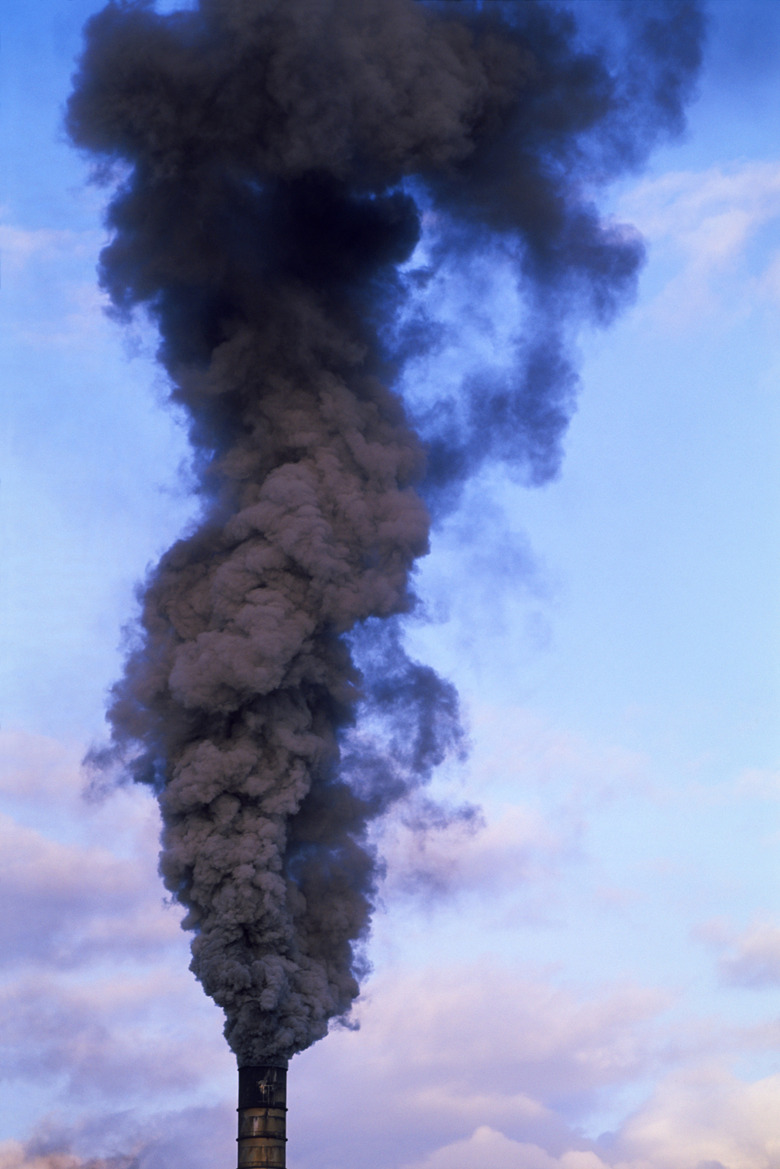The Kinds Of Human Activities That Have Destroyed Ecosystems
Ecosystems provide services that are essential for the continued survival of humans and other lifeforms. Ecosystem services include the provision of foods and medicines, as well as products like timber, rubber and resins. They also control and purify water supplies, clean pollutants from the atmosphere and help regulate the climate. However, many ecosystems have been degraded from human activities that destroy the environment. Common human activities that can harm biodiversity include destruction of natural vegetation for agricultural and urban development, overexploitation of natural resources and the introduction of invasive species.
Habitats Being Destroyed by Human Activity
Habitats Being Destroyed by Human Activity
Habitats being destroyed by human activity include terrestrial environments such as rainforests, grasslands, wetlands, deserts and the Arctic tundra. Animals affected in these environments include birds, mammals, amphibians, reptiles and insects. In the ocean environment, marine ecosystems including coral reefs, estuaries, open ocean and seagrass beds are threatened by human activity. These are home to sea creatures such as fish, sharks, crustaceans, dolphins and whales.
Release of Pollutants Into the Environment
Release of Pollutants Into the Environment
The release of pollutants into the environment can cause extensive damage to ecosystems. Examples include oil spills in marine environments, which can lead to extensive die-offs of seabirds, fish and marine mammals such as dolphins and seals. The release of sulfur dioxide into the atmosphere can create acid rain, which can damage large areas of forest and other vegetation. Fertilizers from agricultural lands can wash into waterways and cause algal blooms, which suffocate other species by consuming all the dissolved oxygen within the water.
Climate Change in Ecosystems
Climate Change in Ecosystems
The burning of fossil fuels has increased the amount of carbon dioxide and other greenhouse gases in the atmosphere, increasing the overall global temperature and causing climate shifts. This can manifest in several ways that damage the ecosystem.
One of the most affected ecosystems are coral reefs. Coral reefs are vitally important for oceanic biodiversity but can be heavily affected by extreme temperatures, which cause coral bleaching and death. Other examples include droughts, which can lead to an increase in wildfires and cause ecosystem shifts from woodland to open shrubland.
Destruction of Natural Vegetation
Destruction of Natural Vegetation
Clearing for agriculture is one of the most widespread forms of ecosystem damage. Examples include clearing of rainforests for cattle, soy and palm oil plantations and the ploughing of prairies for corn, soy and wheat crops. Also included are plantations where natural, diverse forest is cleared for monoculture plantings of a single tree species, such as eucalyptus or pine, that are of uniform size and age, greatly reducing the biodiversity in the area. The use of fertilizers, pesticides and other agricultural chemicals can also affect ecosystem processes and services such as water quality, nutrient cycling and carbon sequestration.
The expansion of cities, roads and industrial areas also results in the destruction of a wide variety of habitats and ecosystems. As well as direct clearing, roads, bridges and other infrastructure can also fragment populations and habitats, making it more difficult for animals and plants to disperse, migrate or exchange genetic information with other populations.
Overexploitation and Hunting
Overexploitation and Hunting
Ecosystems can become imbalanced through exploitation and hunting pressures. Overexploitation occurs when a population is harvested beyond sustainable levels, causing changes to the population size and age distribution. Examples of overexploited populations include many edible fish such as tuna, cod and haddock. Fishing pressure has significantly reduced both the population and the average size of these species.
Hunting can occur as a part of exploitation, such as the targeting of exotic bird and fish species for pets or trophies. Hunting can also take place as a form of predator control. Species directly impacted include wolves, foxes, coyotes and birds of prey.
However, due to their role at the top of the ecosystem food web, the removal of predators can cause a series of significant changes within an ecosystem, potentially impacting many non-targeted species. One example is the eradication of wolves in the continental United States. When these top predators are removed, populations of deer and other prey can explode. They then overconsume the native vegetation and destroy the habitats of many different animals.
Introduction of Invasive Species
Introduction of Invasive Species
Humans can also introduce invasive species into ecosystems. These species are often adaptable, opportunistic and lack any natural predators to control their numbers. Examples include the introduction of rats, monkeys and other species into oceanic island environments. In these areas, birds and other wildlife have evolved without the presence of predators and lack the ability to recognize or react to the dangers they face.
Introduced plants can also cause significant changes within an ecosystem. They compete for light, space and other nutrients with native vegetation and can be poisonous to humans, livestock and wildlife. Examples include the fast-growing vine kudzu, which can cover buildings and smother trees and other vegetation, and the water fern called salvinia, which forms dense mats that choke out native animals and plants, prevents light from entering the waterway and lowers oxygen levels to the detriment of other species.
References
- Society for Conservation Biology: Habitat Fragmentation and Landscape Change
- Penn State University: Threats to Biodiversity
- Center for Aquatic and Invasive Plants: Salvinia molesta
- Center for Aquatic and Invasive Plants: Pueraria montana
- Conserve Energy Future: What is Overhunting?
- Ecological Economics: Measures of the Effects of Agricultural Practices on Ecosystem Services
- National Wildlife Federation: Invasive Species
Cite This Article
MLA
Michelle, Meg. "The Kinds Of Human Activities That Have Destroyed Ecosystems" sciencing.com, https://www.sciencing.com/kinds-human-activities-destroyed-ecosystems-7805191/. 30 September 2021.
APA
Michelle, Meg. (2021, September 30). The Kinds Of Human Activities That Have Destroyed Ecosystems. sciencing.com. Retrieved from https://www.sciencing.com/kinds-human-activities-destroyed-ecosystems-7805191/
Chicago
Michelle, Meg. The Kinds Of Human Activities That Have Destroyed Ecosystems last modified August 30, 2022. https://www.sciencing.com/kinds-human-activities-destroyed-ecosystems-7805191/
